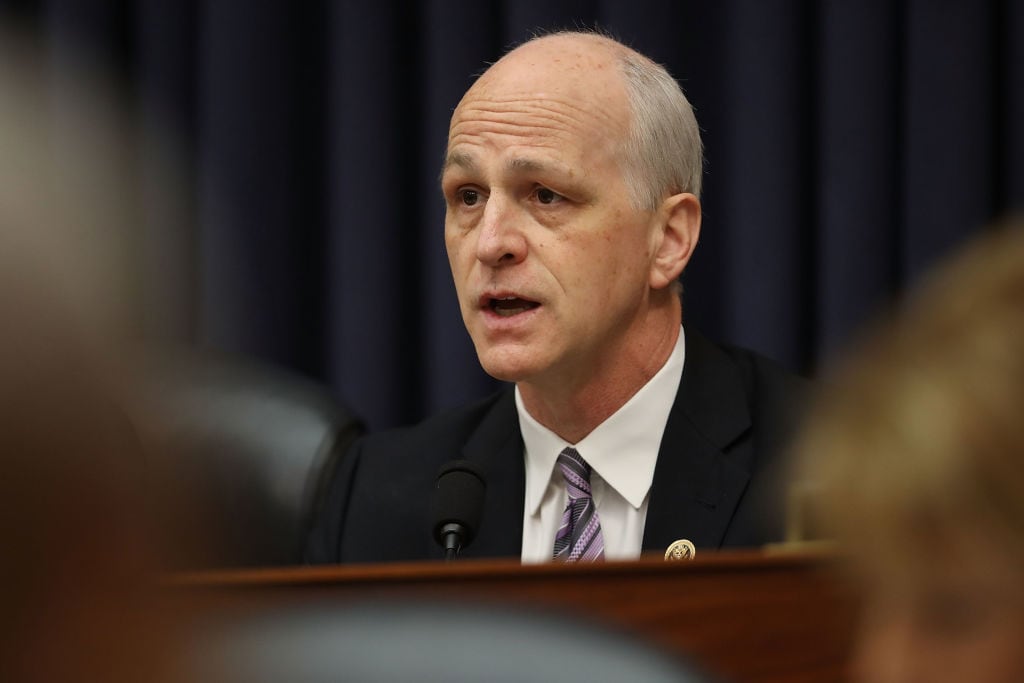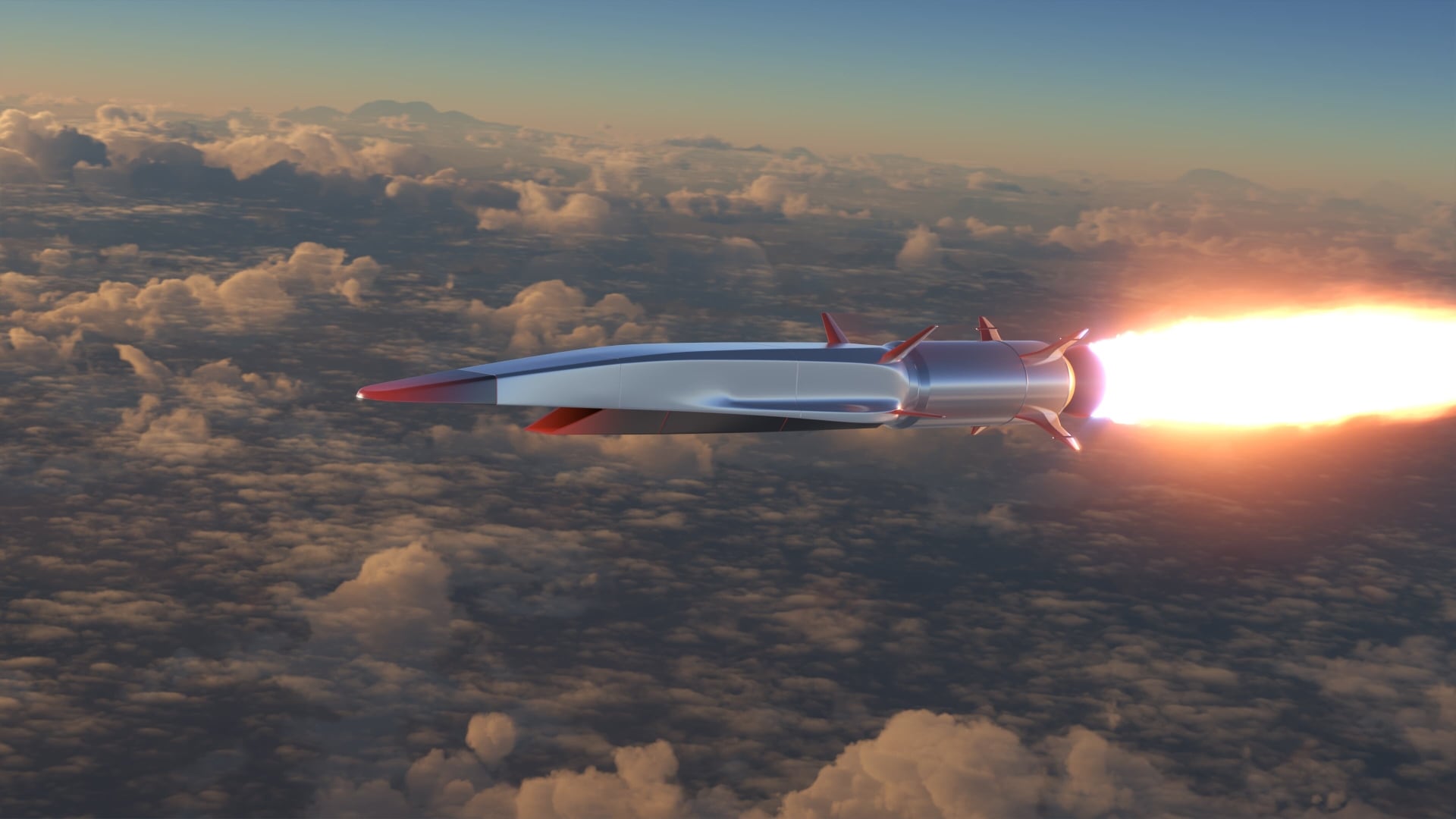WASHINGTON — The Missile Defense Review, formally unveiled Jan. 17 at the Pentagon by President Donald Trump, calls for major investments from both new technologies and existing systems.
“I will accept nothing less for our nation than the most effective, cutting-edge missile defense systems,” Trump said. “We have the best anywhere in the world. It's not even close.”
But unless Congress approves the major funding increase that will be required to make it all a reality, many of those programs may fall by the wayside — and questions are emerging over whether these systems will be funded by a Democratic House of Representatives that is looking to cut defense spending.
House Armed Services Committee Chairman Adam Smith, D-Wash., signaled at the competing budget pressures in a hallway interview after the rollout, saying: “It’s not sustainable to expand everything.”
“I mean, you saw the Air Force, they wanted 25 percent more planes than were currently projected.” Smith said. "We got the nuclear modernization program that’s enormously expensive; we’re hellbent to have a 355-ship Navy; they want an end strength — I forget what the hell it was Trump said about that. Missile defense, they want more for that.
“I would like to have a discussion about the choices involved.”
RELATED

Rep. Mike Rogers, the outgoing chairman of the HASC Strategic Forces Subcommittee and incoming ranking member of the House Committee on Homeland Security — and a big enough missile defense advocate to be invited to the review rollout with Trump — acknowledged the budget pressures under a divided government.
“It’s going to be a challenge, and the case for more interceptors is so compelling I don’t see how we can not go there — but not everybody agrees with me,” said Rogers, R-Ala. He added that his successor on the committee, Rep. Jim Cooper, D-Tenn., faces pressure from Smith to trim the nuclear weapons portfolio.
"That may be where we run into a buzzsaw," Rogers said.
Tom Karako, a missile defense expert with the Center for Strategic and International Studies, said if the Department of Defense doesn’t get its funding set up in this next budget, it may never get want it wants in terms of nuclear weapons and interceptors.
“If serious funding for these capabilities is not in the 2020 budget submission, then they kind of aren’t real,” Karako said. “As senior DoD officials have said so frequently, the time for studies is over. Ticktock.”
The good news for advocates? John Rood, the undersecretary of defense for policy and one of the lead voices in crafting the review, made it clear the fiscal 2020 budget request will incorporate some of the missile defense spending plans.
“Obviously the budget that will be rolled out is consistent with the Missile Defense Review and will carry it forward,” Rood said to one of many questions about funding. “Wait for it when the budget comes out next month.”
Rood, along with Pentagon technology chief Michael Griffin and Missile Defense Agency head Lt. Gen. Samuel Greaves, repeatedly declined to go into detail about what will be included in the budget. However, Griffin hinted that funding for a new layer of space-based sensors, something Congress itself has requested, will be notably present.
RELATED

More broadly, Griffin said he believes the space-based layer is going to be “very affordable.”
“It’s not some outlandish number. I’m not able, at this point, to give you a specific number, but you’re not going to see us working on something that is out of family, if you will,” Griffin said.
He also offered a belief that many of the cost assessments for these technologies in the past, which concluded they were too expensive, are no longer applicable.
“I think one of the underling difficulties with cost assessment for systems which haven’t been built yet is that they fairly regularly assume a business-as-usual approach to new developments. We have newer technologies now. We have commercial capabilities coming into being which can help with this,” Griffin said. “It has been a very long time since we’ve deployed any large numbers of any sort of space asset at scale. All of these affect cost estimates, and we have to take that into account in order to produce a reasonable value, and I’m not sure that’s always been done.”
Just how much money the department will have in its FY20 request, and how much will go toward missile defense, remains unknown.
The Pentagon’s budget figure has seesawed dramatically over the last three months. The department had been planning for most of the year according to a $733 billion defense top-line figure, until the moment at an October Cabinet meeting when Trump announced the figure would be $700 billion.
That number, delivered close to the planned budget finalization date of Dec. 1, sent planners into a frenzy as they attempted to develop a pair of budget offerings matched to both levels. The situation changed again when, following a meeting with Defense Secretary Jim Mattis and congressional defense leaders, Trump reportedly boosted the budget to $750 billion.
The department has since received a final figure to work toward, but has not revealed if it is that $750 billion number or not. The DoD appears headed for a large figure, however, with Trump telling the audience at the Pentagon on Thursday it would top his previous two requests.
Aaron Mehta was deputy editor and senior Pentagon correspondent for Defense News, covering policy, strategy and acquisition at the highest levels of the Defense Department and its international partners.
Joe Gould was the senior Pentagon reporter for Defense News, covering the intersection of national security policy, politics and the defense industry. He had previously served as Congress reporter.
Tara Copp is a Pentagon correspondent for the Associated Press. She was previously Pentagon bureau chief for Sightline Media Group.








